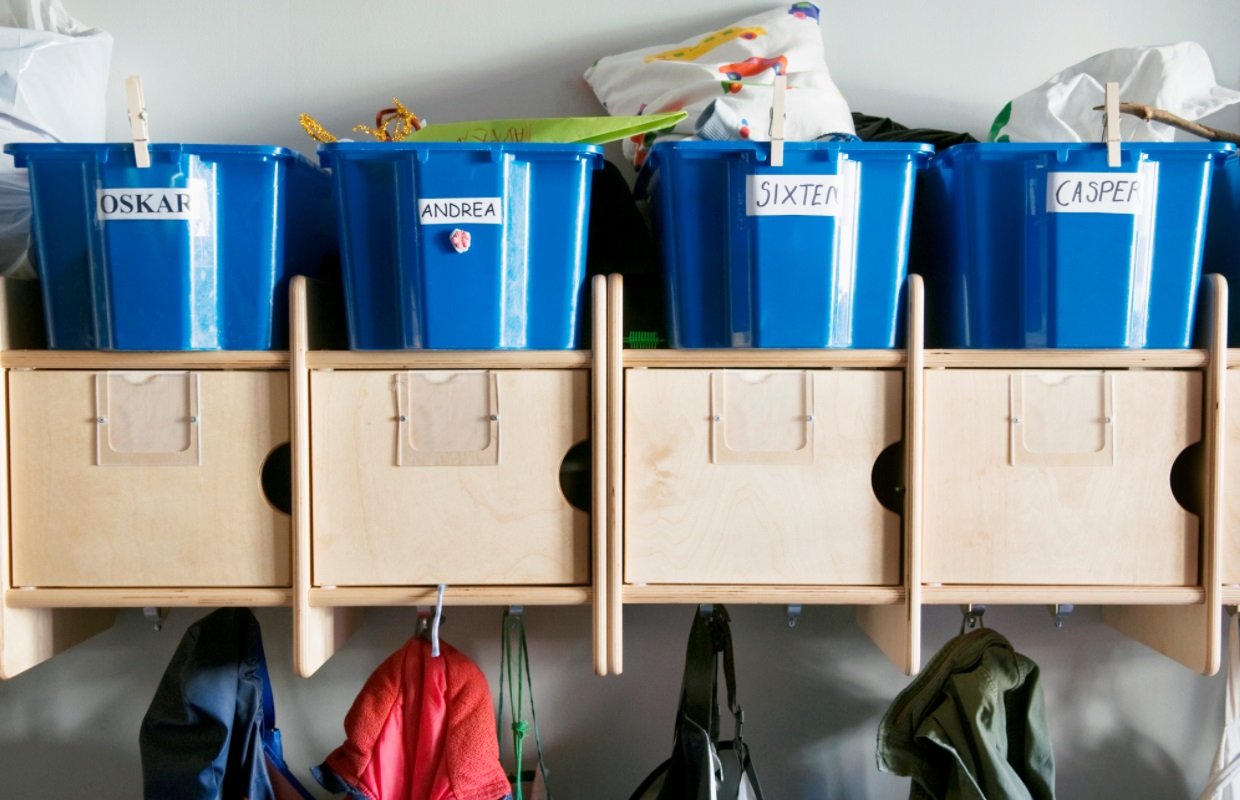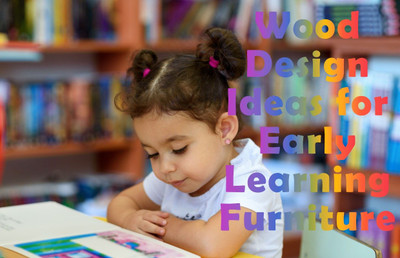Wood Design Ideas for Early Learning Furniture
RRI Goods on Jan 30th 2025
Creating a space that sparks creativity and supports learning for young minds starts with choosing the right furniture. Wooden designs for classroom furniture bring a timeless appeal to early learning environments, adding a natural warmth that inspires everyone who enters the room.
Custom-designed wood furniture is built to last, withstanding daily use with features tailored to your specific needs. Some items, like a wooden bookshelf designed for the study room, can be organized storage. On the other hand, some pieces of furniture serve as versatile workstations, providing multiple uses in a single design.
These pieces enhance efficiency and creativity, inspiring educators and learners as they explore their daily lessons. With plenty of options available, choosing the right designs can sometimes be a challenge.
Below, you’ll learn how innovative wood design ideas enhance your classroom or study room, combining functionality with aesthetic appeal. Discover how wood designs for early learning furniture create organized and inspiring spaces that support creativity, curiosity, and mental development.
Why Wood Designs Are Perfect for Early Learning Furniture
The furniture you select influences the atmosphere of a learning space, improving engagement for all in attendance. Thoughtfully designed pieces, like kid's chairs and tables with cozy themes and earthy tones, improve focus and creativity.
The right furniture can transform any room into a welcoming environment that encourages learning and personal growth. They can also help learners understand the lessons being taught and expand the attention spans of young brilliant minds.
Here are more reasons to choose wood design furniture:
- Durability: Wood is known for its exceptional strength and resilience, making it an ideal material for furniture in active classrooms where items are subjected to frequent use and occasional wear and tear. Unlike plastic or metal, high-quality wood furniture resists dents, scratches, and cracking, retaining its function and appearance over time.
- Safety: Safety is a top priority in early learning environments, and wooden furniture excels in this area. Many designs feature rounded edges to prevent injuries, and non-toxic finishes provide an added layer of protection. Young learners can interact with the furniture without exposure to harmful chemicals or sharp corners.
- Eco-Friendly: Choosing wood furniture made from sustainable sources promotes environmental responsibility. Certified sustainable wood options, such as those harvested responsibly or reclaimed from other uses, help reduce deforestation and lower the environmental impact. In addition, wood-designed bookshelf systems and other furniture are easy to recycle.
- Functional Pieces: Wooden furniture, such as kids’ tables and wood-designed bookcase units, is highly functional and caters to the diverse needs of early learning environments. Some feature built-in storage or modular shelving, allowing you to maximize space while improving accessibility.
Creative Storage Solutions
An organized space supports better learning and play experiences. Well-designed storage solutions, such as wooden bookcases and cabinets, keep materials tidy.
Here are a couple of design ideas to consider:
- Wood Designs Bookcases: These items can be crafted in classic and contemporary styles and feature low shelves for easy access. The design and theme encourage young learners to explore books on display while the items stay organized.
- Custom Cabinets: Sleek and modular, these cabinets come in various finishes. They feature adjustable compartments that work as versatile storage solutions that allow you to keep the classrooms tidy.

Premium Wood Designs for Different Classroom Areas
Aside from storage options, every classroom will need furniture that complements its purpose. Here are a few suggestions for your learning spaces:
- Reading Corners: Add wooden bookshelf designs to enhance reading nooks with accessible and inviting displays.
- Naptime Cots: Young learners need a safe space to rest after activities. Cots and wooden cot carriers help keep these areas organized and inviting.
- Activity Zones: Multi-functional tables with built-in storage for art supplies or puzzles.
- Play Areas: You may include role-playing furniture in your collection, like a wooden play kitchen set or sand and water tables, which can add realism to imaginative play.
Incorporating Flexible Furniture Options
The needs of young learners vary, and you want to be able to provide for each one’s needs in your learning center. You can find cabinet wood furniture designs and other pieces that serve multiple functions, allowing you to address various needs in the classroom.
- Convertible Furniture Pieces: Some wooden furniture, such as a bookshelf with a storage bench, can be converted from storage spaces to comfy seating.
- Adjustable Options: You can also add tables and chairs with adjustable heights to accommodate children of various ages and heights.
Classroom Layout Tips Using Wooden Designs
The layout of your furniture in the learning center can influence how effectively children engage with their environment. It can also help encourage young children to focus on the lessons being taught. Use wooden designs to create organized and stimulating spaces.
Here are a few ideas that may help:
- Zoning: Use bookshelves or cabinets to separate activity, learning, and relaxation areas. For example, folding bookcases with casters allow you to reorganize your spaces as needed, designating play areas and learning spaces for the children.
- Cohesive Themes: Choose wood tones that complement each other for a unified look. Brightly colored furniture can be placed in play areas to stimulate active play, and furniture with uniform earth tones can be used as study areas.
- Open Layouts: You can also use low-profile wooden furniture to keep the space airy and easy to navigate, allowing you to create a seamless learning environment for everyone.
Choosing the Right Furniture for Your Space
We understand that selecting the right wood furniture can feel overwhelming, but focusing on your specific needs makes it easier. Here are some more tips to help you choose the right wooden furniture for your learning center.
Keep these factors in mind:
- Size and Functionality: Opt for pieces that maximize space without overcrowding.
- Material Quality: Look for premium wood designs that ensure durability and safety.
- Aesthetic Appeal: Choose furniture that aligns with the overall look and feel of the space.
Transform Your Spaces With Premium Wood Designs From RRI Goods
Are you ready to upgrade your learning spaces with furniture that combines style and functionality? RRI Goods specializes in creating premium wood designs for early learning furniture that inspire young minds. Contact us today to find the best wood designs for your classroom or study space.
